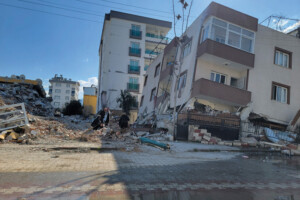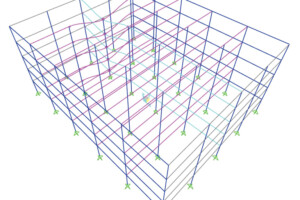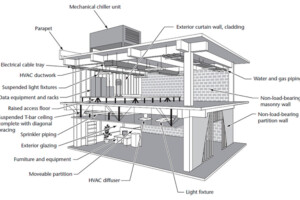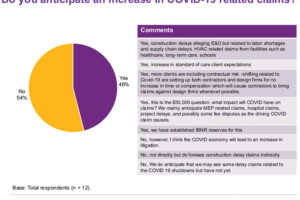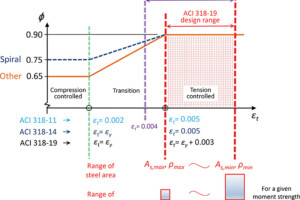Review Category : Articles
Simplicity in the face of uncertainty.
…Wood diaphragm deflection compatibility.
…It is impossible to predict precisely the damage a building will experience in a future earthquake, because each earthquake is unique, and building simulations only model approximate responses to shaking. Losses due to earthquakes are even more unpredictable because they depend on the post-eartahquake actions of individual owners, insurers, design professionals, building officials, and contractors. Nevertheless, property investors need to understand the risk associated with property investments. Seismic risk assessment reports have become standard practice in financial due diligence.
…Survey findings offer insight to potentially mitigate claim risk. Part 2
…Dr. H. Kit Miyamoto, Global CEO of Miyamoto International, built a five-person engineering practice into a worldwide engineering firm that has 30 locations on four continents with one humanitarian purpose: to make the world a better, safer place from a local, five-person engineering practice. Miyamoto International is known for its innovative engineering and disaster response and reconstruction. Its purpose-driven mission and strength-focused culture drive the company’s growth and attract equally passionate and teamwork-focused team members.
…Bill Baker is one of the world’s leading structural engineers. He has designed innovative structures that range in scale from single-family homes and small pedestrian bridges to the world’s tallest manmade structure, the Burj Khalifa in Dubai. His cutting-edge designs include the unique Broadgate Exchange House in London—which is both a building and a bridge that spans over Liverpool Street Station—and the cable structure entry pavilion for the General Motors Headquarters in Detroit. Additionally, Bill is widely recognized for his collaborations with renowned artists, such as James Carpenter, Janet Echelman, Iñigo Manglano-Ovalle, James Turrell, and Jaume Plensa.
…Part 1: Section Analysis (STRUCTURE, April 2023) presented a general framework for flexural analysis of singly reinforced and doubly reinforced beam sections. In this Part 2: Section Design, flexural design of singly reinforced and doubly reinforced beam sections is studied. The focus is on general sections instead of rectangular sections only. Although it may be adequate to design beam sections using a trial-and-error approach based on the section analysis steps outlined in Part 1, the design approach presented in this article determines the minimum required steel area to support a given factored bending moment.
…

